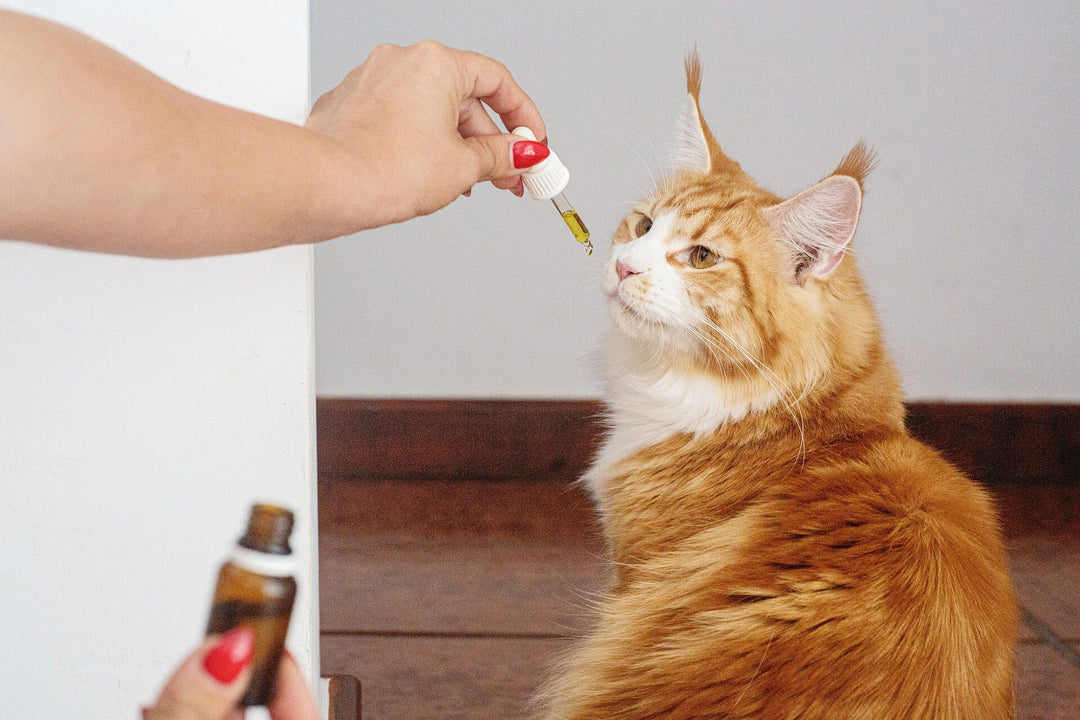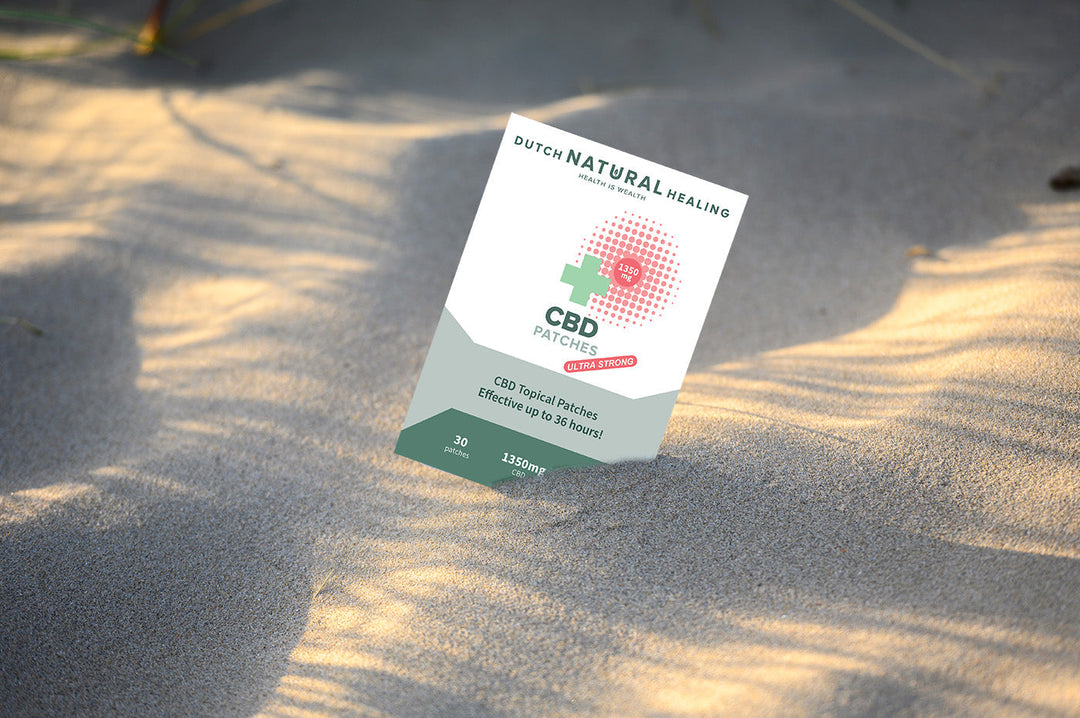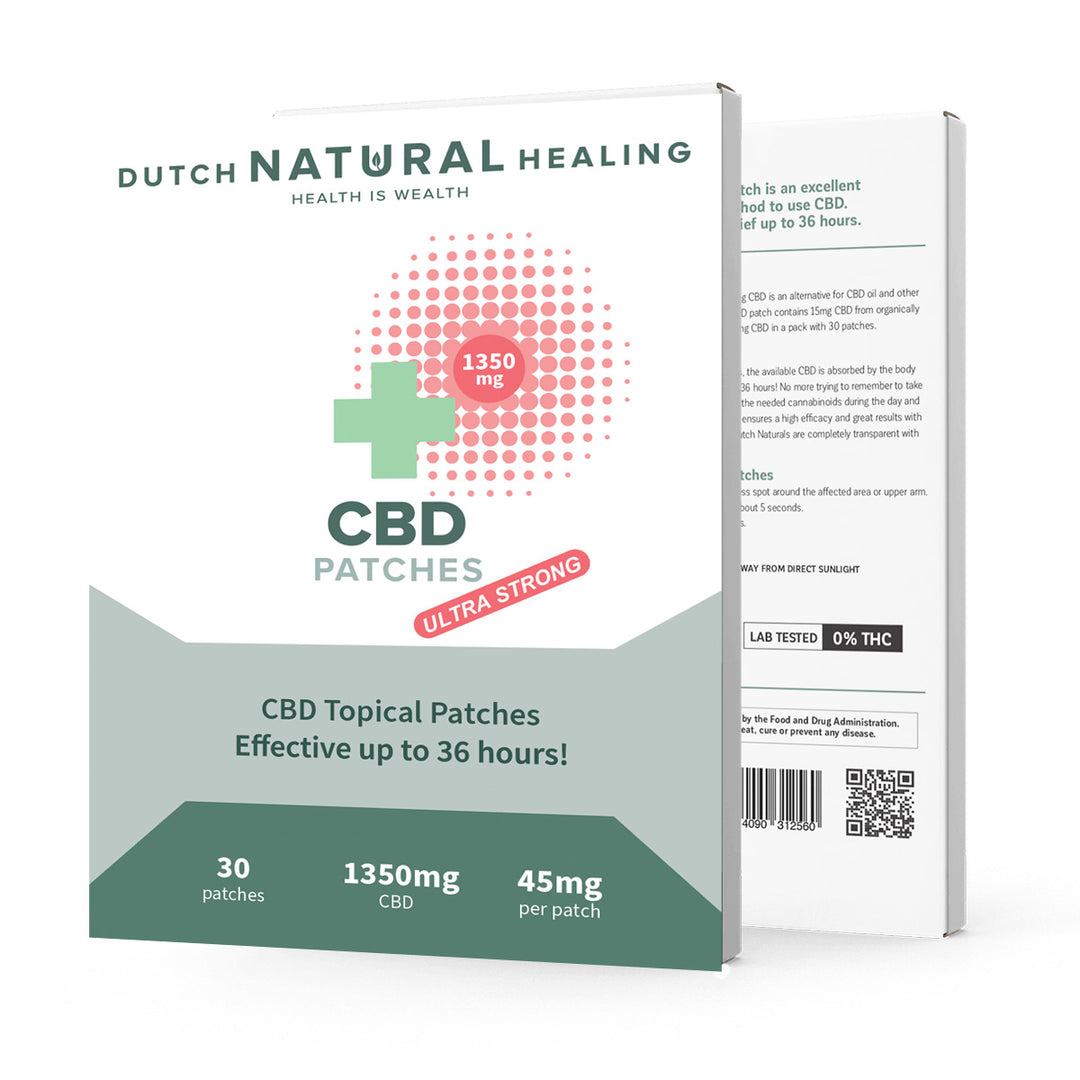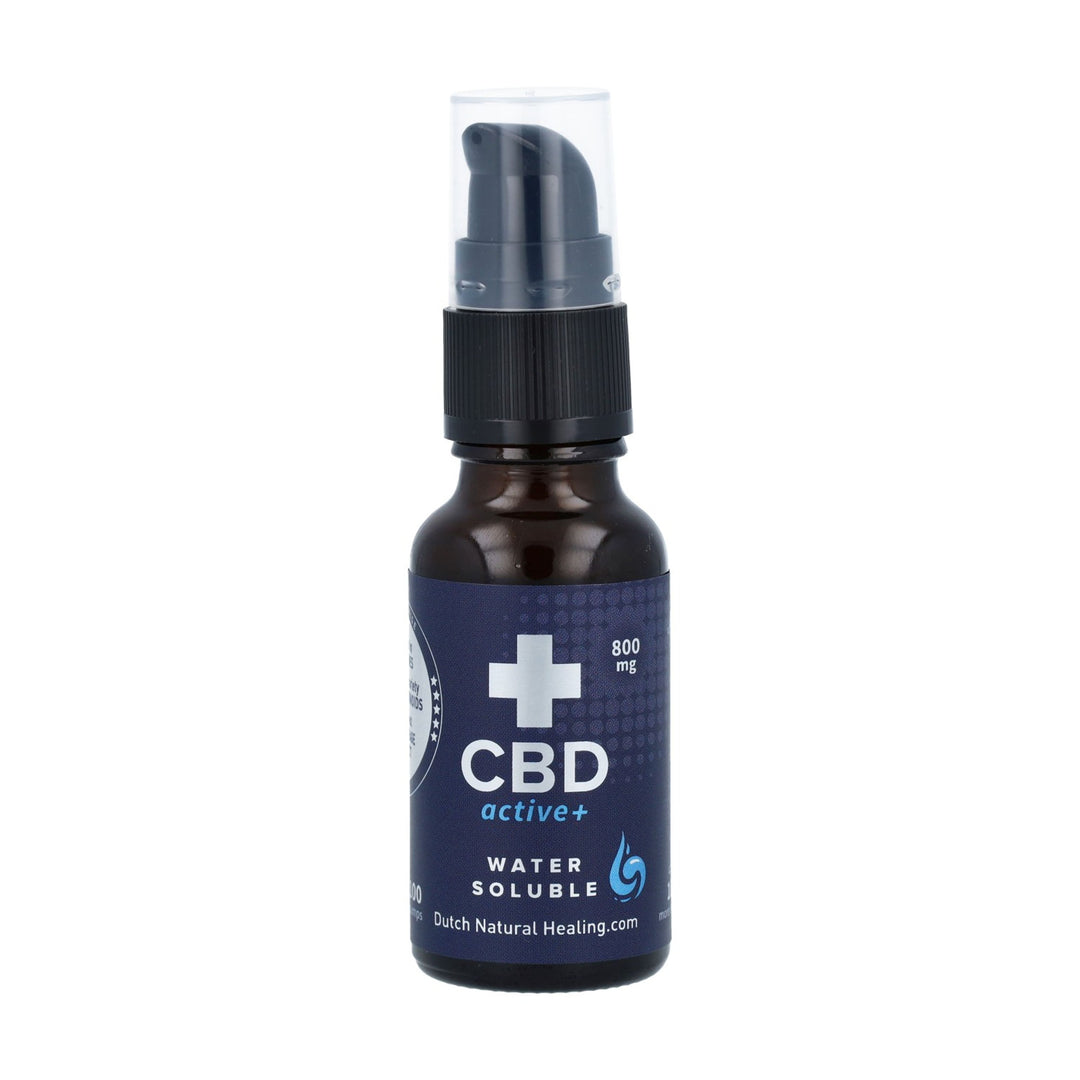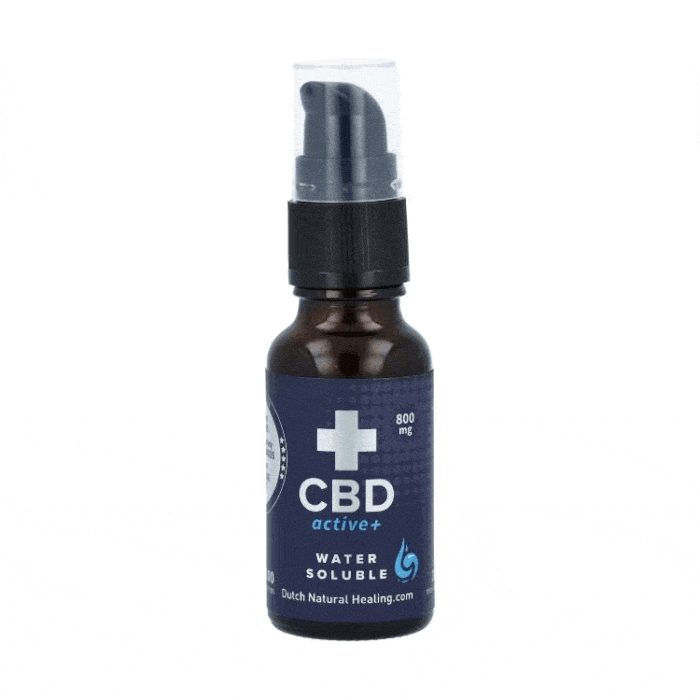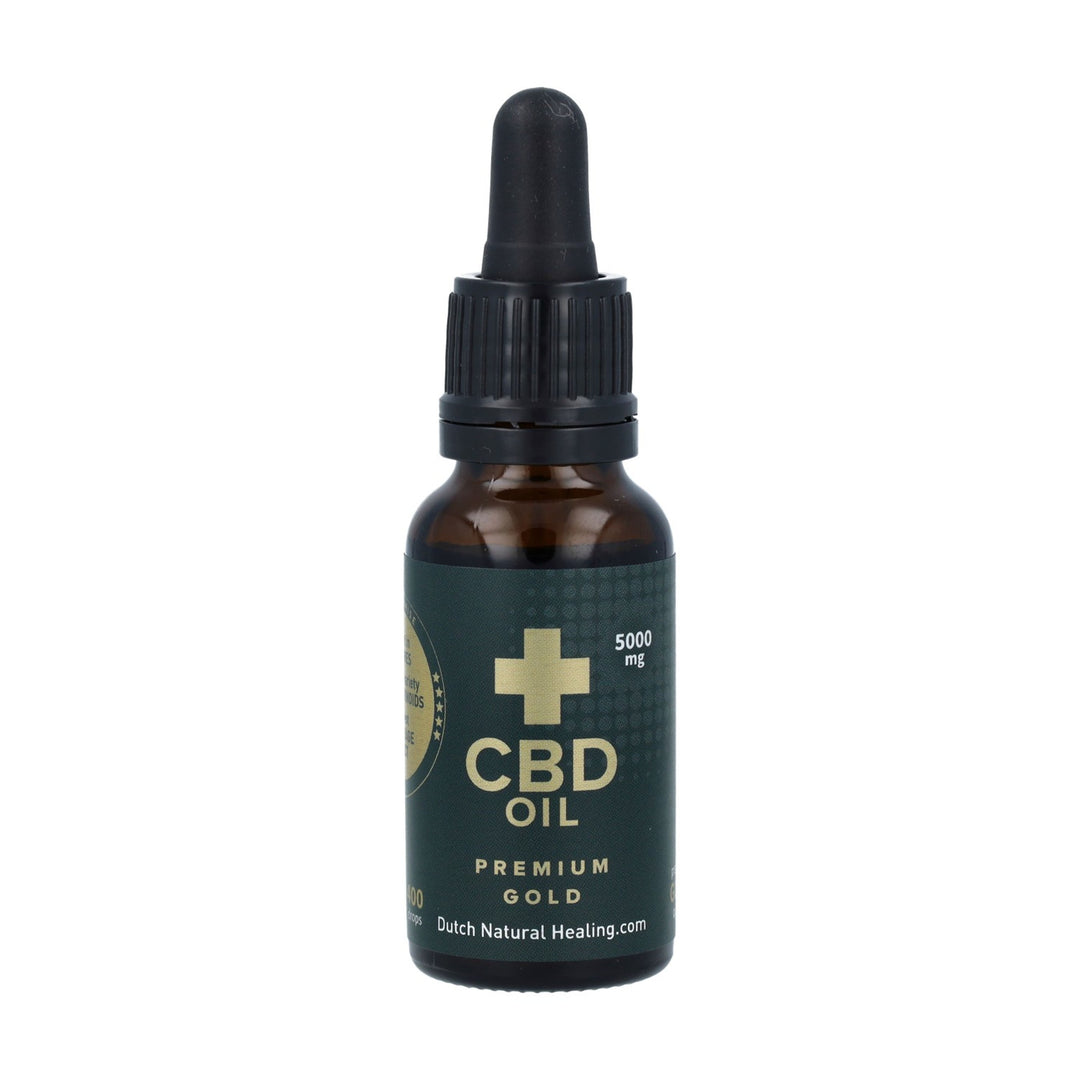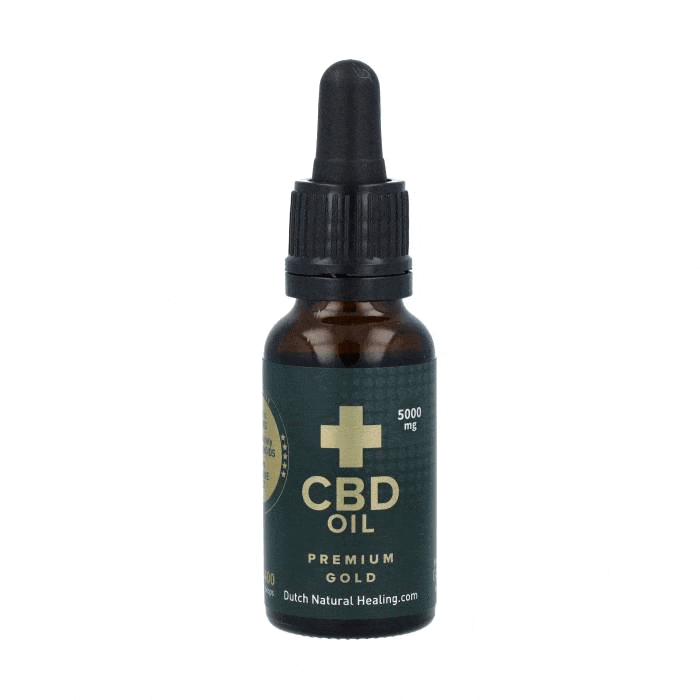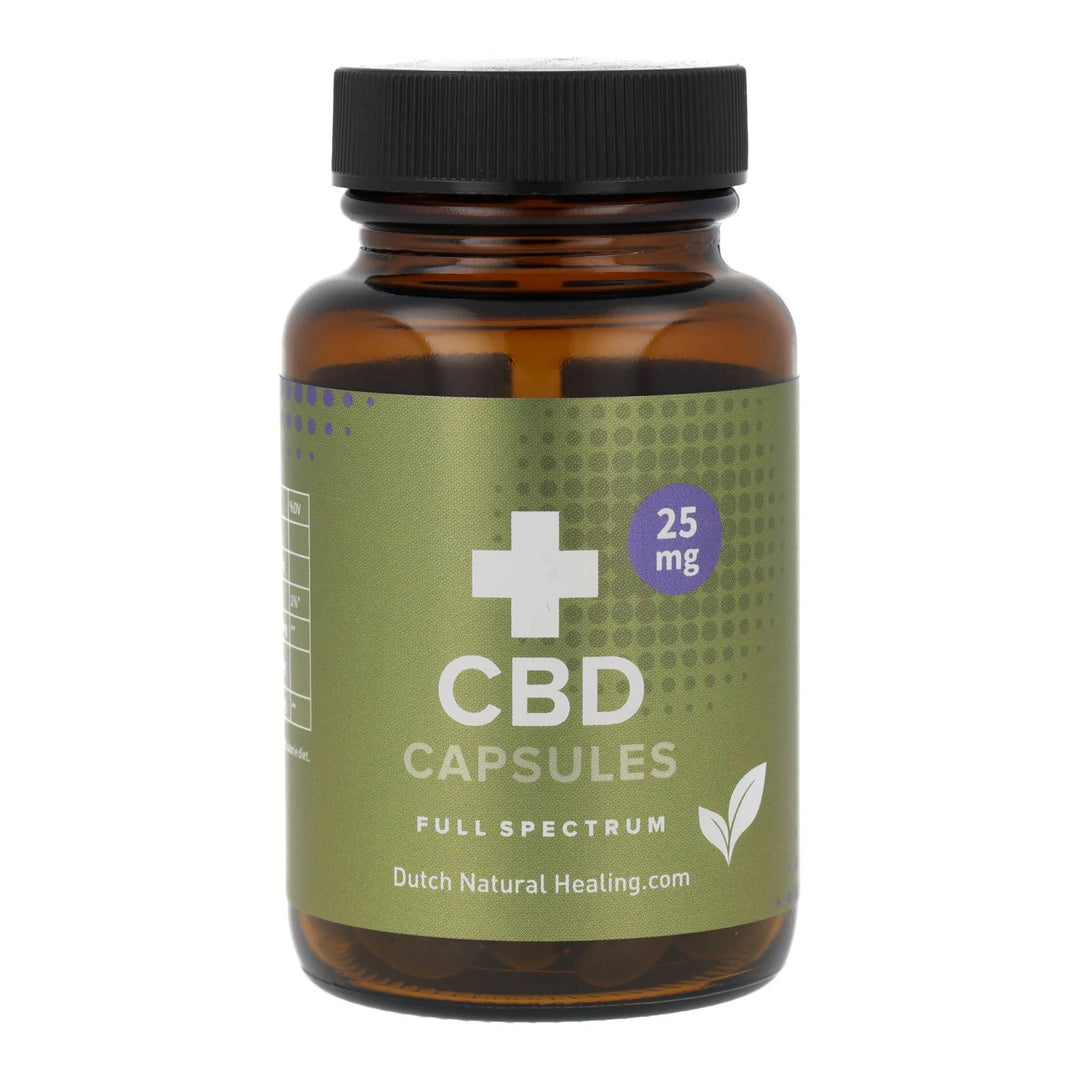Introduction to CBD for Cats
CBD is gaining popularity as a dietary supplement for pets, with much focus on its benefits for dogs. However, its use in cats is less explored. This article delves into why cats might benefit from CBD, its potential advantages, recommended dosages, and insights from clinical research.
Why Fewer Studies on Cats?
Compared to dogs, fewer studies exist on CBD use in cats, possibly due to challenges in administration. Research highlights significant differences in CBD absorption across species (1). Cats absorb CBD less efficiently than dogs or humans (2). With numerous CBD products available, selecting cat-specific options is crucial.

The Endocannabinoid System in Cats
What is the ECS?
Cats, like humans, possess an endocannabinoid system (ECS), which regulates pain, inflammation, stress, appetite, and sleep. The ECS comprises cannabinoid receptors (CB1 and CB2), endocannabinoids, and enzymes.
Unique Aspects in Cats
Cats have fewer CB2 receptors than humans or dogs and lack enzymes like glucuronosyl-transferase (UGT), increasing sensitivity to substances such as terpenes (3). Thus, terpene-free CBD products designed for cats are essential.
Potential Benefits of CBD for Cats
Common Uses and Benefits
A survey of cat owners revealed CBD’s use for pain, behavioral issues, skin conditions, autoimmune diseases, and oral inflammations. It’s also applied in cases of cancer, asthma, cystitis, and feline immunodeficiency virus (FIV) (4). Key benefits include:
-
Anxiety and Stress Relief: CBD may calm cats by interacting with the ECS and serotonin neurotransmitters.
-
Pain and Inflammation Management: Dog studies suggest CBD reduces pain and inflammation, like in osteoarthritis, with potential benefits for cats’ chronic pain (e.g., joint issues).
-
Digestive Health: Cats have numerous CB1 and CB2 receptors in their digestive tract (5). Overstimulated receptors in cats with oral inflammations indicate CBD’s potential efficacy (6).
-
Overall Wellness: CBD may enhance immunity and coat health, with overstimulated skin receptors in cats with hypersensitive coats pointing to ECS involvement (7).
Clinical Studies on CBD in Cats
Feline Chronic Gingivostomatitis (FCGS)
Study Overview
FCGS is a painful oral inflammation causing excessive salivation, bad breath, weight loss, and reduced activity. A placebo-controlled study examined CBD as an adjunctive pain management treatment for cats with FCGS (8).
Findings
Involving 22 cats undergoing tooth extraction, half received 4 mg CBD twice daily for 15 days, starting two hours before surgery. Owners reported that CBD-treated cats were more comfortable, showed reduced inflammation, and were more active than the placebo group. No serious side effects or blood value changes were noted.
Ovariohysterectomy (Sterilization)
Study Overview
A 2024 study assessed CBD’s pain relief efficacy in 20 cats undergoing ovariohysterectomy, a common surgery removing ovaries and uterus (9).
Findings
Cats receiving a single 2 mg/kg CBD dose showed higher sedation before surgery and required less additional pain relief during the procedure. However, post-surgery pain relief was similar to the placebo group, suggesting CBD’s primary benefit is pre- and intra-operative.
Osteoarthritis
Case Report
A 2023 case report detailed a 10-year-old cat with chronic osteoarthritic pain treated with full-spectrum cannabis oil (1.8% CBD, 0.8% THC) at 0.5 mg/kg for 30 days (10).
Findings
Pain scores dropped by over 50%, indicating significant relief and improved mobility. Mild liver enzyme (ALT) elevations were observed, highlighting the need for caution with THC-containing products.
Side Effects of CBD in Cats
Common Side Effects
Clinical studies report mild side effects, typically at higher doses or in sensitive cats (2, 11, 12, 13, 14):
|
Category |
Specific Side Effects |
When Observed |
|---|---|---|
|
Gastrointestinal |
Excessive drooling, vomiting, diarrhea |
Often above 30 mg/kg, especially with MCT-based CBD oils |
|
Constitutional |
Drowsiness |
At higher doses or with THC |
|
Behavioral |
Vocalization, restlessness, chewing |
Often at treatment start |
|
Other |
Excessive licking, head shaking |
Shortly after administration |
|
Blood Values |
Elevated liver enzymes (ALT) |
Temporary, normalizes with prolonged use |
|
Coordination |
Balance issues |
Especially with THC |
Risk Factors
Side effects are more common above 30 mg/kg, particularly with THC-containing products. Severe effects, like persistent ALT elevations, are rare but possible with long-term use.
Practical Dosing Guidelines for Cats
How to Start
-
Initial Dose: Begin with 0.1–0.5 mg/kg body weight daily.
-
Adjustments: For conditions like pain or anxiety, adjust within 2–4 mg/kg daily, based on clinical studies.
-
Product Choice: Use THC-free, terpene-free CBD products formulated for cats.
-
Veterinary Consultation: Essential, especially if the cat is on other medications, due to potential interactions.
Monitoring
Observe your cat’s response and adjust the dose gradually to optimize benefits while minimizing side effects.
References
-
Schwark WS, Wakshlag JJ. A one health perspective on comparative cannabidiol and cannabidiolic acid pharmacokinetics and biotransformation in humans and domestic animals. Am J Vet Res. (2023) 84:1–9. doi: https://doi.org/10.2460/ajvr.23.02.0031
-
Deabold KA, Schwark WS, Wolf L, Wakshlag JJ. Single-dose pharmacokinetics and preliminary safety assessment with use of CBD-rich hemp nutraceutical in healthy dogs and cats. Animals. (2019) 9:832. doi: https://doi.org/10.3390/ani9100832
-
Shrestha B, et al. Evolution of a major drug metabolizing enzyme defect in the domestic cat and other felidae: phylogenetic timing and the role of hypercarnivory. PLoS One. (2011) 6(3):e18046. doi: https://doi.org/10.1371/journal.pone.0018046
-
Banach D, Ferrero P. Cannabis and pathologies in dogs and cats: first survey of phytocannabinoid use in veterinary medicine in Argentina. J Cannabis Res. (2023) 5(1):39. doi: https://doi.org/10.1186/s42238-023-00209-5
-
Stanzani A, et al. Localization of cannabinoid and cannabinoid related receptors in the cat gastrointestinal tract. Histochem Cell Biol. (2020) 153(5):339-356. doi: https://doi.org/10.1007/s00418-020-01854-0
-
Polidoro G, et al. Expression of cannabinoid and cannabinoid-related receptors in the oral mucosa of healthy cats and cats with chronic gingivostomatitis. J Feline Med Surg. (2021) 23(8):679-691. doi: https://doi.org/10.1177/1098612X20970510
-
Miragliotta V, et al. Cannabinoid receptor types 1 and 2 and peroxisome proliferator-activated receptor-α: distribution in the skin of clinically healthy cats and cats with hypersensitivity dermatitis. Vet Dermatol. (2018). doi: https://doi.org/10.1111/vde.12658
-
Coelho JC, et al. Placebo-Controlled Trial of Daily Oral Cannabidiol as Adjunctive Treatment for Cats with Chronic Gingivostomatitis. Animals. (2023) 13(17):2716. doi: https://doi.org/10.3390/ani13172716
-
Zanelli GR, et al. Perioperative Analgesic and Sedative Effects of Cannabidiol in Cats Undergoing Ovariohysterectomy. Animals. (2024) 14(16):2286. doi: https://doi.org/10.3390/ani14162286
-
Gutierre E, et al. A case report of CBD and THC as analgesic therapy in a cat with chronic osteoarthritic pain. Vet Med Sci. (2023) 9(3):1021-1025. doi: https://doi.org/10.1002/vms3.1057
-
Kulpa JE, et al. Safety and tolerability of escalating cannabinoid doses in healthy cats. J Feline Med Surg. (2021) 23(12):1162-1175. doi: https://doi.org/10.1177/1098612X211004215
-
Lyons C, et al. Pharmacokinetic of two oral doses of a 1:20 THC:CBD cannabis herbal extract in cats. Front Vet Sci. (2024) 11:1352495. doi: https://doi.org/10.3389/fvets.2024.1352495
-
Coltherd JC, et al. Healthy cats tolerate long-term daily feeding of Cannabidiol. Front Vet Sci. (2024) 10:1324622. doi: https://doi.org/10.3389/fvets.2023.1324622
-
Wang T, et al. Serum cannabinoid 24 h and 1 week steady state pharmacokinetic assessment in cats using a CBD/CBDA rich hemp paste. Front Vet Sci. (2022) 9:895368. doi: https://doi.org/10.3389/fvets.2022.895368

